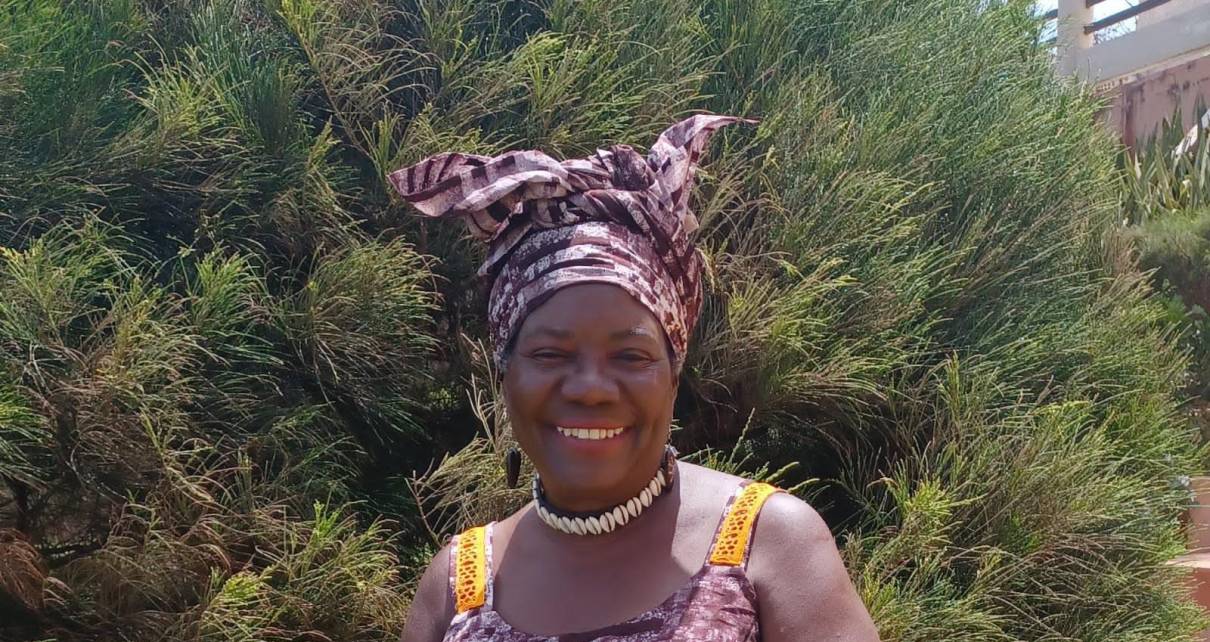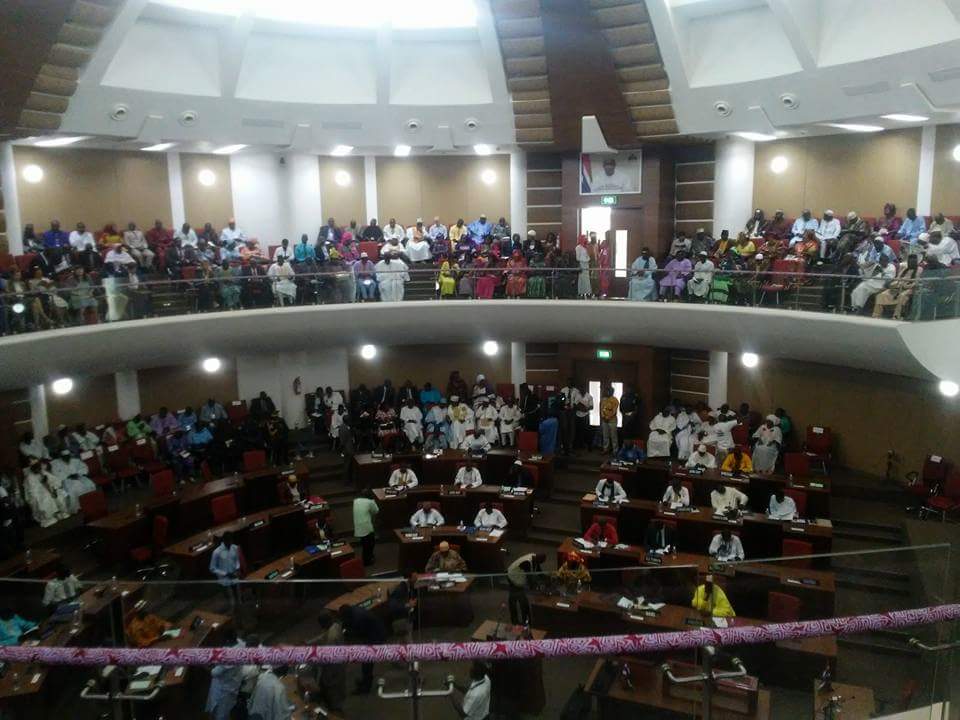By Daseta Gray M. ED
Language is More than Speech
Language through oral communication is one of the many ways we communicate our feelings and thoughts. Language skills are crucially developed during the first three years of a person’s life. However to get us thinking outside of the box: I invite you to imagine these communication skills, beyond speech.
Caregivers, conscious of it or not, begin preparing the brain for formal learning through language development in a child’s first three years. Studies show that at birth the brain is 25% developed and by age 3 it is 85% the size of the adult brain. With this knowledge, caregivers and policy makers can then utilize the latest neuroscientific research to produce productive members of their society, by investing in children in their early years.
Considering a society’s development, people are not strong people without relationships. Investing in understanding and implementing brain development for our youngest members of society does not only aid them in their studies, but aids them in creating and maintaining a harmonious society. Where language development and socialization meet, is in the Broca’s area of the brain, fundamental to language formation and conversation for individuals. This section of the brain transmits information from one area of the brain to another, to create coherent communication patterns.
According to the USA’s National Institute on Deafness and Other Communication Disorders, “language is a set of shared rules that allow people to express their ideas in a meaningful way”. Language may be expressed verbally, with writing, signing, or making other gestures, such as eye blinking or mouth movements. In order for infants and toddlers to effectively develop language skills, adults need to be intentional when interacting with the infants and toddlers.
Prelinguistic communication begins long before infants can utter a word. Infants begin communicating with a gaze at their mother.They learn the smell of their caregiver. They use facial expressions and non verbal communication. Crying is one of the common ways to get attention from their caregiver, as infants uncover this subtle dance of communication between themselves and their caregiver very early. The infants’ use of a cry as a form of communication demonstrates the ways language is more than speech during the first three years. In this article I will briefly explore some core pillars of language skills imperative to a child’s development as they get ready to go to school, become adults, and lead our continent to the future.
Types of Language
Receptive language:
When Fatu’s mother gives her a bath every night, she washes each limb and identifies the different body parts to Fatu. Here, Fatu’s mother is teaching her receptive language as many parents do unknowingly. Receptive language is the first stage of verbal communication for infants and toddlers. A child’s ability to identify objects in her environment is the foundation of her receptive language skills. Once your infant’s receptive language is being developed the child will be able to move to the oral language stage. During this stage the infant and toddler are building their word counts. This also means having age-appropriate books for infants and toddlers is also very important as they build their vocabulary by listening to a reading. During this stage many children are not speaking however, the brain is recording the words in the Broca’s area – foundational for language development.
Oral language
As a toddler gazes out onto their bottle, pointing, and the caregiver replies, “Your bottle? Do you want to have your bottle?” Speaking to an infant helps to build the infant’s vocabulary and prepare the toddler for reading and reading comprehension skills. You can help to expand a child’s language by asking them questions using language they are familiar with.
With oral language we must think about how toddlers process language, and their ability to understand and comprehend what they hear. A child’s ability to listen and follow directions (e.g. “put on your shoes”) relies on the child’s receptive language skills. Usually children who are spoken to often are able to understand language before they are able to speak it.This is because language is stored in the Broca’s area of the brain as they experience it. Children who are unable to comprehend language may have receptive language difficulties or a receptive language disorder.
Children who have difficulty understanding language may struggle with the following skills:
- Following multiple directions
- Understanding what gestures mean
- Answering open ended questions
- Identifying objects and pictures
- Reading comprehension
- Understanding the contents of a story
In order for children to develop these skills during the first three years their caregivers must be intentional about giving these experiences to the developing brain, and educators and policy makers can support these caregivers by offering professional development on brain development. Children are born with a clean slate and what is written on it will determine the outcome.
Expressive language
What Is Expressive Language? A child using language to express herself is the basic definition of expressive language. It is how she communicates her thoughts, needs, and ideas, using sentences, words, or phrases. In order to give young children this skill you will need to practice asking your child open ended questions. For instance, as a child is getting dressed for the day, their caregiver might ask, “What color shirt would you like to wear today?” The non-verbal child will point to the shirt they’d like to wear and the verbal child may say “I would like to wear the red one,” another child may only say “red!” The child’s response will depend on their experience with expressive language which is why it is important to expose a child to expressive language with opportunities to experiment with this type of language as well. As a toddler heads to kindergarten, expressive language skills help the child feel successful in the school environment where a child’s teacher will read a story, ask open-ended questions and give directions.
Passive Listening
Have you ever observed a conversation or you were engaged in a conversation where you never got the chance to finish your thought because the person keeps interrupting you ? This is a common example of a deficit in passive listening skills. The ability to listen is a needed language skill that we can teach to young children. Your child needs to be able to do active listening and passive listening. Passive listening is when you are listening without responding, when you can sit quietly without giving any response or reaction. Passive listening can take place when listening to music or listening to a story. As a child ages into an adult, the passive listening skills they learn help when one is engaged in a conversation where one person listens passively while another speaks.
Active Listening
Alternatively, When a child is engaged in active listening they are usually listening in order to respond.The dictionary defines active listening as: the practice of engaging closely with what a speaker is saying and indicating understanding, typically by asking relevant questions, using gestures, and summarizing. For children this skill needs to be given during their infant/toddler years . When you read a story you can ask the child about what happened in the story, who the main character was and what was the story about. Alternatively, active listening can look like a child carrying out directives. A caregiver might say, “Fatu, please bring the pot with the long handle that is on the table.” Fatu’s ability to engage her active listening skills would allow her to take in the directions, process them, understand them, and carry out the task.
Contrasting both active and passive listening, in active listening, the listener concentrates, understands, responds and then remembers what was said; however, in passive listening, the listener’s mind may move to other topics. In order for children to learn they need to be equipped with listening skills both active and passive, having these skills will be essential to become a confident kindergarten student.
Language Skills are Critical
Language is more than speaking. Young children need caregivers — parents and teachers alike — that are qualified to guide the development of the brain and facilitate positive development. When caregivers are trained and equipped with the knowledge about brain development during the first 3 years they can be intentional when planning activities for young children that will help them express themselves as they develop their language skills.
These skills are the foundation of language development when the architecture of the brain is developing during a child’s first three years.Children who enter kindergarten with these skills among other foundational skills will be confident students, and will most importantly feel successful. With all this knowledge it is now evident that much of what gets in the way of successful functioning in one’s adult years can be traced to missed lessons, underdeveloped skills,and detrimental experiences that shape the architecture of the brain. “It is no longer debatable that what happens in the womb and during the first three years has a lasting impact as children get older their brain operates on the foundation structured in infancy. Even in later life when an adult brain is called on to process sophisticated experiences… it will depend on and use those foundations that were given during their early years,” (Dawnson, Ashman & Carver, 2002)
With this knowledge, we must urge our policy makers on the continent to begin to pay attention to brain development research and utilize this research when developing early childhood (0-3 yrs) education programs and curriculums. Preparing our infants and toddlers for the opportunities of the future begins now. As Fredrick Douglas (1817-1895) said, “It is easier to build strong children than to repair broken men.”
Edited by Nyasha Franklin
References
Dawson, G et al. “The role of early experience in shaping behavioral and brain development and its implications for social policy.” Development and psychopathology vol. 12,4 (2000): 695-712.
Hasa. “What Is the Difference between Active and Passive Listening.” Pediaa.Com, 11 Feb. 2020, https://pediaa.com/what-is-the-difference-between-active-and-passive-listening.
Lally, J. Roland. For Our Babies: Ending the Invisible Neglect of America’s Infants, 2013.
Moni, Jahangir, and Pirouz Piran. “Chapter 6 – Cerebral Cortex.” Functional and Clinical Neuroanatomy, Academic Press, 2020, pp. 177–240.
“Speech and Language Developmental Milestones.” National Institute of Deafness and Other Communication Disorders, U.S. Department of Health and Human Services, https://www.nidcd.nih.gov/health/speech-and-language?ms.
Queensland Health, The State of Queensland. “Brain Map: Temporal Lobes.” Queensland Health, CorporateName=The State of Queensland; Jurisdiction=Queensland, Updated 22 Jan. 2021.





